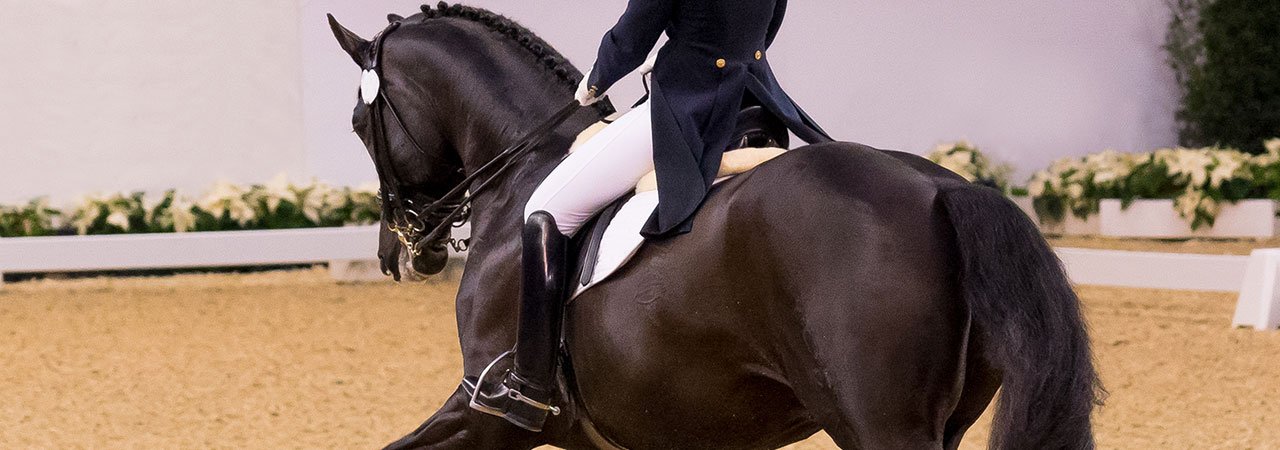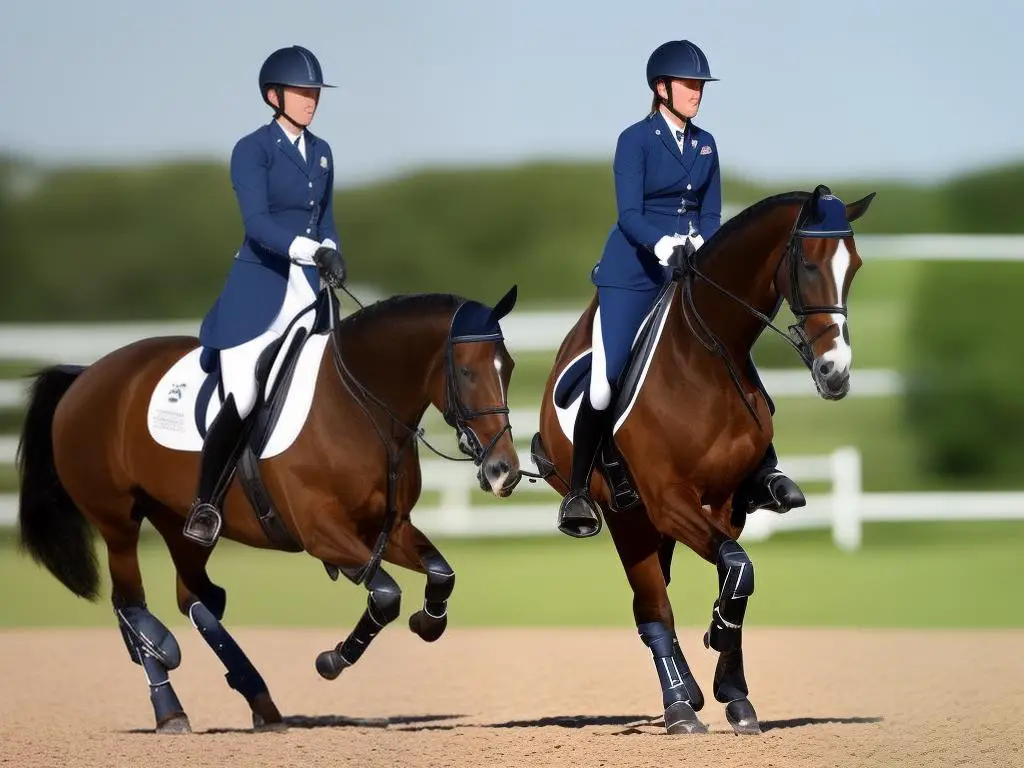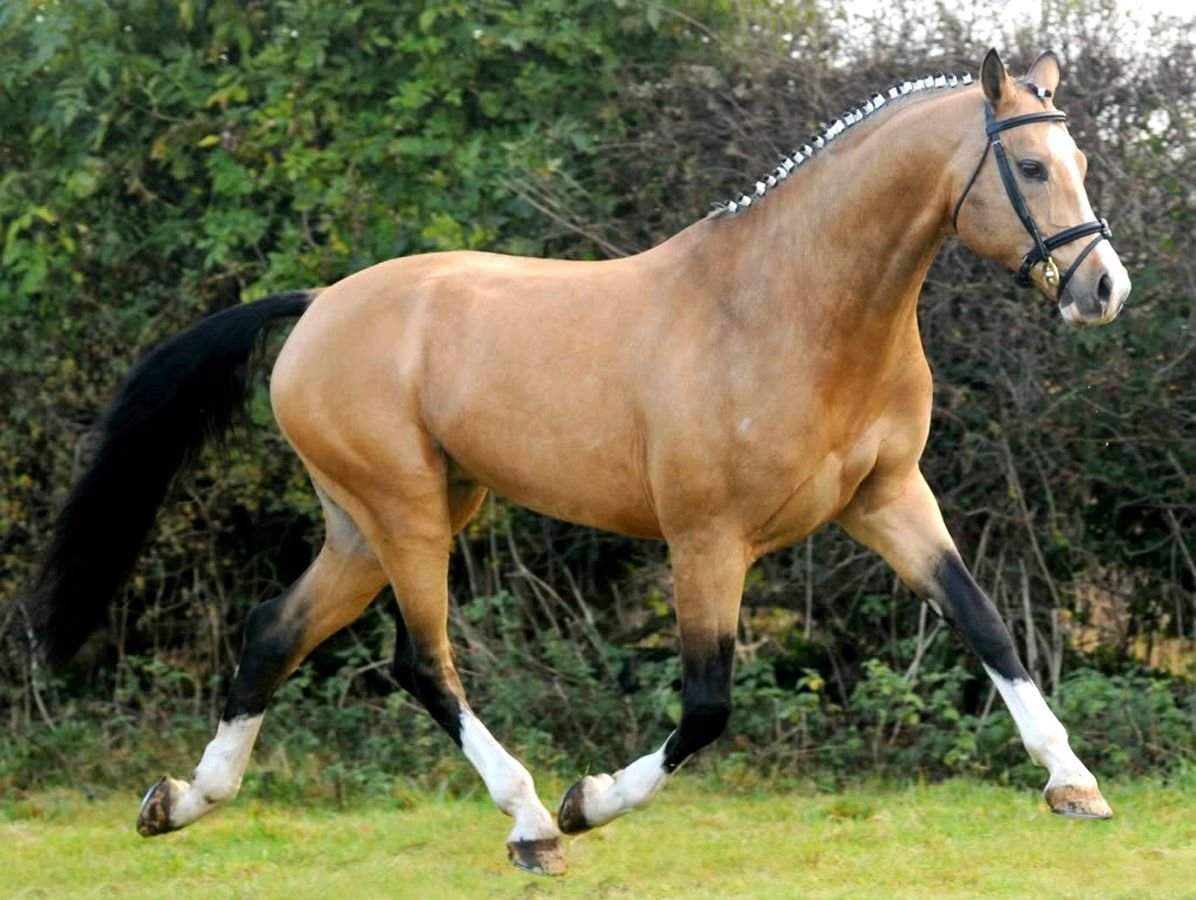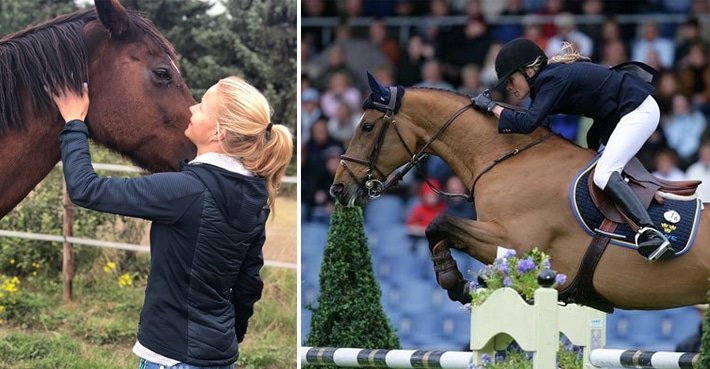Dressage is often described as the art of horse training, a discipline where precision, grace, and fluidity of movement are key. Whether you’re a novice rider or an experienced competitor, achieving success in dressage requires dedication, patience, and the right horse. Warmbloods, with their athletic build, intelligence, and cooperative temperament, are an excellent choice for this discipline. They have the natural ability to perform the precise movements required in dressage, making them ideal partners for both novice and advanced riders.
If you’re looking to excel in dressage with your warmblood, there are several key strategies to keep in mind. From building a solid foundation in training to perfecting the complex movements of dressage, this guide will help you achieve success in this beautiful and challenging sport.
1. Establish a Strong Bond with Your Warmblood
The foundation of any successful partnership in dressage is trust and communication between the rider and the horse. Warmbloods are known for their calm, cooperative temperament, but developing a strong bond with your horse will help ensure that both of you are on the same page during training sessions. Building this bond involves patience, consistency, and understanding of your warmblood’s needs.
Building Trust
- Spend time together: In addition to riding, spend time with your warmblood on the ground. Grooming, walking, and even hand-feeding your horse helps foster trust and builds a relationship.
- Positive reinforcement: Warmbloods respond well to positive reinforcement, so be sure to reward good behavior with praise, treats, or a break from work. This approach will make your warmblood more eager to cooperate and learn.
- Be patient and consistent: Consistency is key to training. Whether it’s teaching new movements or reinforcing old ones, always use the same cues and methods to avoid confusing your warmblood.
2. Focus on Building Suppleness and Flexibility
One of the core elements of dressage is suppleness. For your warmblood to perform dressage movements to their fullest potential, they need to be able to bend, flex, and move fluidly through their body. Warmbloods, with their natural athleticism, are generally well-equipped for this, but it’s important to incorporate exercises that improve flexibility and suppleness into their training routine.
Exercises to Improve Suppleness
- Circles and serpentines: These exercises help your warmblood practice bending and engaging their hindquarters. They are perfect for developing flexibility in the neck, shoulders, and hind end.
- Transitions: Practicing smooth transitions between gaits (e.g., walk to trot, trot to canter) helps your warmblood engage their muscles and improves their ability to carry themselves correctly.
- Side reins: When used correctly, side reins can help your warmblood work on the engagement of their hindquarters and improve their overall frame and balance.
3. Develop Proper Rhythm and Tempo
Rhythm is the foundation of every dressage movement. A warmblood’s ability to maintain a steady, balanced rhythm is essential for achieving precision and harmony in their movements. Ensuring that your horse has a natural, consistent rhythm allows for better execution of dressage movements, from the most basic to the more advanced.
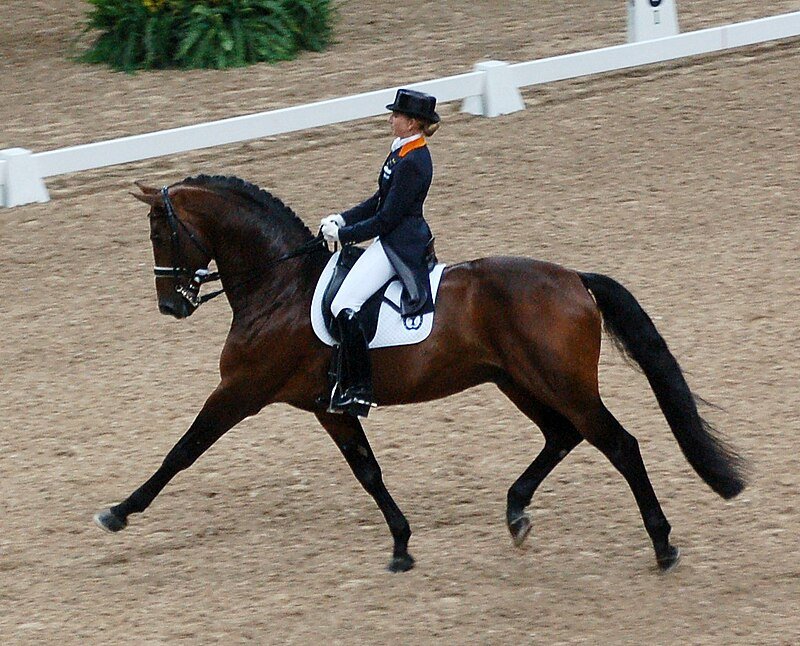
Work on Tempo
- Work on consistency: Use a metronome or simply count the beats of each gait to ensure that your warmblood maintains a consistent tempo. For example, in the trot, aim for a consistent two-beat rhythm.
- Control the tempo: Warmbloods, with their strong work ethic, often have the energy to maintain a faster pace. However, it’s important to train them to adjust their tempo, ensuring they slow down or speed up as necessary for each specific movement or transition in the dressage test.
- Practice transitions: Transitions between gaits are a great way to improve rhythm. Ensure that you ask for transitions in a calm, controlled manner to keep your warmblood in a smooth rhythm.
4. Focus on Balance and Collection
In dressage, balance and collection are vital elements that contribute to the fluidity and elegance of the movements. Warmbloods are naturally strong and have a well-developed hind end, which makes them well-suited for achieving the required balance and collection in dressage. However, achieving true collection requires time, patience, and correct training techniques.
Exercises to Promote Balance and Collection
- Transitions between gaits: Regular transitions between gaits help to improve your warmblood’s balance. These transitions should be done within each gait (e.g., within the trot) as well as between gaits (e.g., from trot to walk).
- Long and low: Encouraging your warmblood to work “long and low” in their frame can help them stretch their muscles and develop the balance they need to perform more collected movements.
- Shoulder-in and haunches-in: These lateral movements help strengthen the muscles and improve your warmblood’s ability to collect their frame, preparing them for more advanced dressage movements.
5. Perfect the Dressage Movements
Once your warmblood has a strong foundation in basic dressage principles like suppleness, rhythm, and balance, you can begin to focus on perfecting the specific movements required in dressage tests. Warmbloods are naturally capable of performing many of the intricate movements, such as the half-pass, flying changes, and piaffe, but they require consistent practice and clear guidance from their rider.
Key Movements to Master
- Leg yield and half-pass: These lateral movements are essential for demonstrating a horse’s ability to bend and cross their legs in a controlled manner. Practice these regularly to improve your warmblood’s suppleness and responsiveness to leg aids.
- Canter pirouettes: This advanced movement requires a high degree of collection and balance. Warmbloods are well-suited for this type of work, but you’ll need to train them to engage their hindquarters and maintain a steady tempo while completing the turn.
- Flying changes: Warmbloods typically perform flying changes with ease. Practice these in both directions to ensure your horse can switch leads accurately and smoothly.
6. Seek Professional Guidance
Even though warmbloods are highly trainable, dressage is a complex discipline that requires proper guidance to ensure you and your horse progress correctly. Hiring a professional trainer who has experience with dressage can be invaluable. A trainer can offer constructive feedback, help you refine your technique, and tailor exercises to address any specific challenges your warmblood may face.
7. Compete and Gain Experience
Lastly, one of the best ways to achieve success in dressage with your warmblood is to get out there and compete. Dressage competitions allow you to test your skills and the progress of your training. Whether you’re aiming for local competitions or high-level events, participating in dressage tests will provide valuable experience for both you and your horse.
Competing also helps you gauge your performance, identify areas for improvement, and build confidence. Don’t be discouraged by setbacks; instead, view each competition as an opportunity to learn and grow with your warmblood partner.
Conclusion
Achieving success in dressage with a warmblood is a rewarding journey that involves patience, consistency, and a deep understanding of your horse’s needs. Warmbloods are naturally suited for dressage due to their athleticism, trainability, and calm temperament. By building a strong relationship with your horse, focusing on key training principles such as suppleness, rhythm, balance, and collection, and perfecting dressage movements, you can work toward mastering this elegant and challenging discipline. With dedication and the right approach, your warmblood can help you reach your dressage goals and experience the joy of riding in harmony with your horse.







